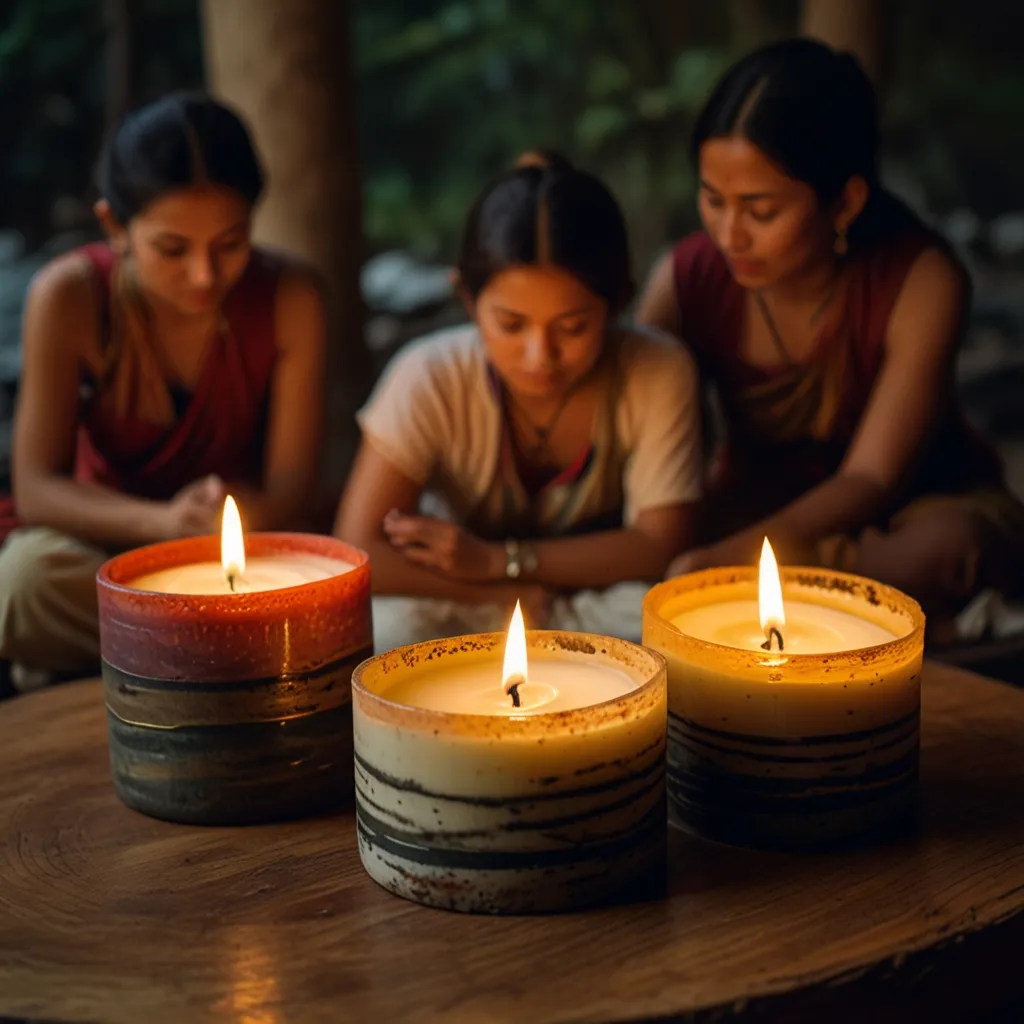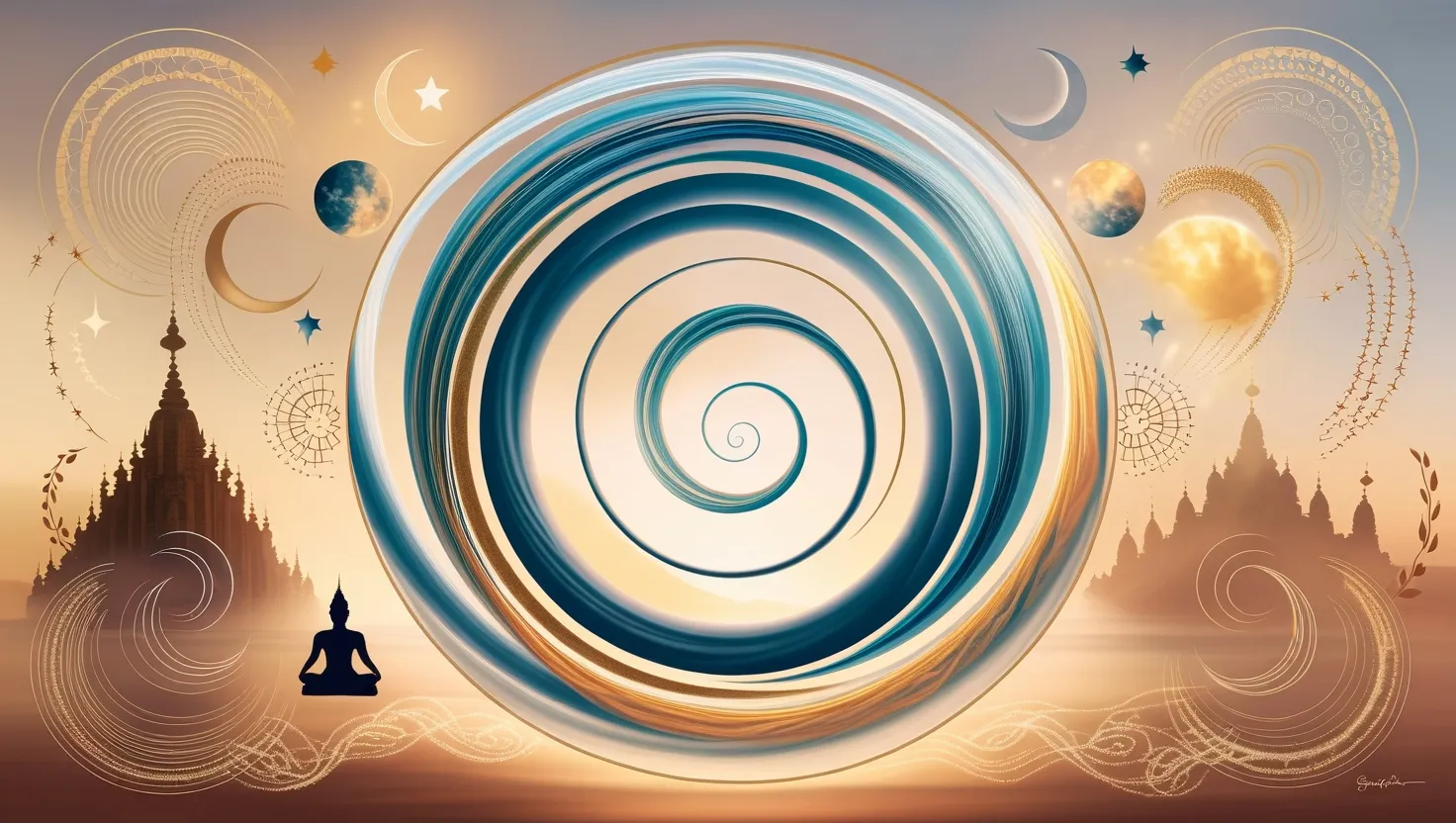In Hindu tradition, sound healing has been a cherished practice for centuries, helping to boost physical, emotional, and spiritual well-being. At its core, it’s all about using sound vibrations to heal the body and mind.
Mantras play a fundamental role here. These sacred sounds or phrases, when chanted, create a deep and impactful resonance within us. Take “AUM” for example. Known as the universal sound, it’s often chanted to bring balance and harmony to the mind.
Musical instruments also feature prominently in Hindu sound healing. The harmonium is a popular choice, especially in kirtan—a form of devotional singing. Kirtan involves chanting and singing sacred mantras and hymns, inducing a state of deep relaxation and spiritual connection. The vibrations from these instruments sync with the body’s energy centers, or chakras, clearing blockages and promoting healing.
Interestingly, Tibetan singing bowls, despite their Buddhist origins, are also used in Hindu sound healing. These bowls emit a rich sound that penetrates deep into the body, calming the nervous system. Research indicates that these sounds can significantly reduce stress, anger, and fatigue while boosting spiritual well-being.
It’s not just about listening. Creating sound through chanting and singing is a key part of Hindu rituals and ceremonies. The Gayatri Mantra, for instance, is chanted to purify the mind and bring enlightenment. This act of creating sound is believed to align one’s energy with the divine, fostering unity and peace.
The science behind this is pretty cool too. Listening to calming sounds triggers the parasympathetic nervous system, helping us relax and reducing stress hormones. This state of relaxation is essential for recovery and healing. You can practice sound healing in many ways—from chanting mantras to listening to nature sounds or using instruments like tuning forks and gongs.
Sound healing often pairs with other practices like yoga and meditation. Many yoga teacher training programs include sound healing techniques to amplify the experience. Imagine starting a session with deep breathing exercises, then chanting mantras, leading to deep relaxation and inner peace.
Communal rituals also use sound healing. Festivals and ceremonies often involve chanting and playing instruments, creating collective energy that fosters unity and spiritual growth. These practices enhance the connection with the community and the divine, promoting a sense of belonging and well-being.
Spiritually, sound healing in Hinduism is believed to awaken kundalini energy, lying dormant at the base of the spine. When awakened, this energy rises through the chakras, leading to spiritual enlightenment and self-realization.
Exploring sound healing at home is easy and accessible. Start by chanting simple mantras like “AUM” or “Om Shanti.” Listening to nature sounds or using sound healing apps can also be beneficial. Even simply humming or singing can create a sense of calm and well-being.
Sound healing in Hindu tradition is a powerful tool for achieving balance. Whether through chanting, musical instruments, or kirtan, it offers a holistic approach to well-being that has stood the test of time.






